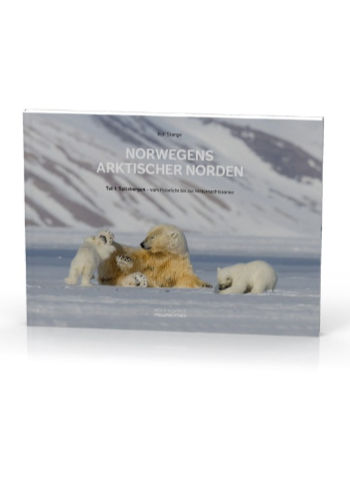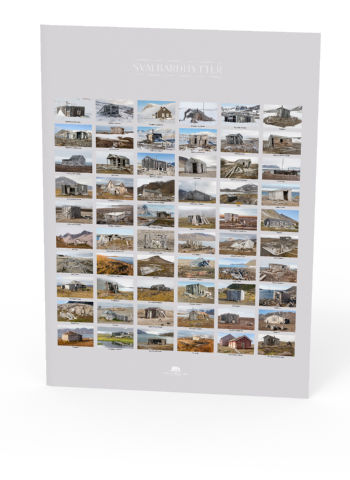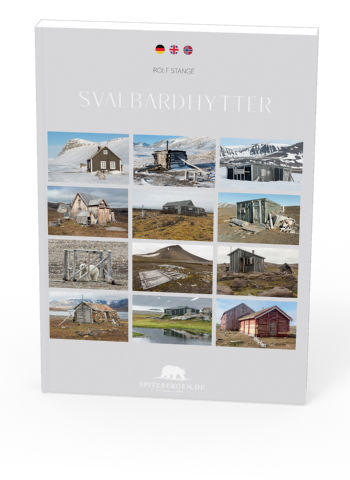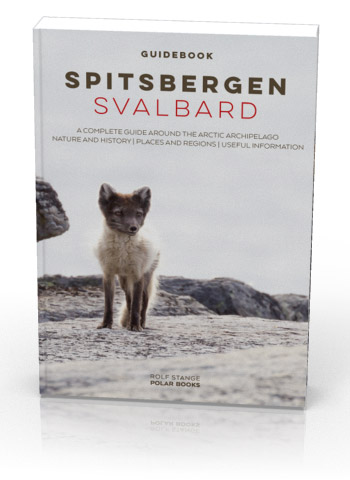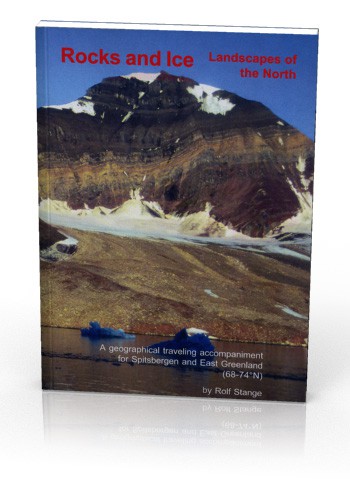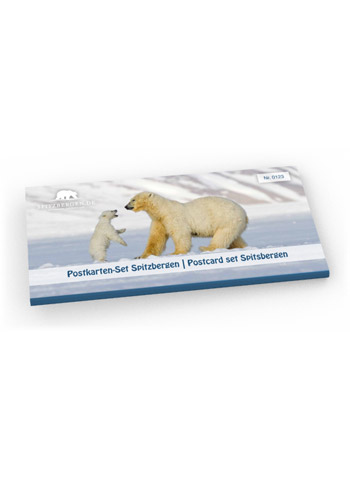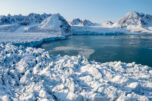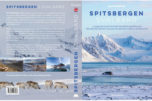-
current
recommendations- Liefdefjord
New page dedicated to one of Spitsbergen's most beautiful fjords. Background information and many photos.
- New Spitsbergen guidebook
The new edition of my Spitsbergen guidebook is out and available now!
- Liefdefjord
New page dedicated to one of Spitsbergen's most beautiful fjords. Background information and many photos.
Page Structure
-
Spitsbergen-News
- Select Month
- June 2025
- May 2025
- April 2025
- March 2025
- February 2025
- January 2025
- December 2024
- November 2024
- October 2024
- September 2024
- August 2024
- July 2024
- June 2024
- May 2024
- April 2024
- March 2024
- February 2024
- January 2024
- December 2023
- November 2023
- October 2023
- September 2023
- August 2023
- July 2023
- June 2023
- May 2023
- April 2023
- March 2023
- February 2023
- January 2023
- December 2022
- November 2022
- October 2022
- September 2022
- August 2022
- July 2022
- June 2022
- May 2022
- April 2022
- March 2022
- February 2022
- January 2022
- December 2021
- November 2021
- October 2021
- September 2021
- August 2021
- July 2021
- June 2021
- May 2021
- April 2021
- March 2021
- February 2021
- January 2021
- December 2020
- November 2020
- October 2020
- September 2020
- August 2020
- July 2020
- June 2020
- May 2020
- April 2020
- March 2020
- February 2020
- January 2020
- December 2019
- November 2019
- October 2019
- September 2019
- August 2019
- July 2019
- June 2019
- May 2019
- April 2019
- March 2019
- February 2019
- January 2019
- December 2018
- November 2018
- October 2018
- September 2018
- August 2018
- July 2018
- June 2018
- May 2018
- April 2018
- March 2018
- February 2018
- January 2018
- December 2017
- November 2017
- October 2017
- September 2017
- August 2017
- July 2017
- June 2017
- May 2017
- April 2017
- March 2017
- February 2017
- January 2017
- December 2016
- November 2016
- October 2016
- September 2016
- August 2016
- July 2016
- June 2016
- May 2016
- April 2016
- March 2016
- February 2016
- January 2016
- December 2015
- November 2015
- October 2015
- September 2015
- August 2015
- July 2015
- June 2015
- May 2015
- April 2015
- March 2015
- February 2015
- January 2015
- December 2014
- November 2014
- October 2014
- September 2014
- August 2014
- July 2014
- June 2014
- May 2014
- April 2014
- March 2014
- February 2014
- January 2014
- December 2013
- November 2013
- October 2013
- September 2013
- August 2013
- July 2013
- June 2013
- May 2013
- April 2013
- March 2013
- February 2013
- January 2013
- December 2012
- November 2012
- October 2012
- September 2012
- August 2012
- July 2012
- June 2012
- May 2012
- April 2012
- March 2012
- February 2012
- January 2012
- December 2011
- November 2011
- October 2011
- September 2011
- August 2011
- May 2011
- April 2011
- March 2011
- February 2011
- January 2011
- December 2010
- November 2010
- September 2010
- August 2010
- July 2010
- June 2010
- May 2010
- April 2010
- March 2010
- February 2010
- November 2009
- October 2009
- August 2009
- July 2009
- June 2009
- May 2009
- April 2009
- March 2009
- February 2009
- January 2009
- December 2008
- November 2008
- October 2008
- August 2008
- July 2008
- June 2008
- May 2008
- April 2008
- March 2008
- February 2008
- April 2000
- Select Month
-
weather information
-
Newsletter

| Guidebook: Spitsbergen-Svalbard |
Home → * News and Stories → New “Svalbardmelding”: Svalbard-strategy for the next years
New “Svalbardmelding”: Svalbard-strategy for the next years
On Thursday (November 21) the Norwegian Parliament in Oslo, the Storting, has passed the new Svalbardmelding angenommen. The Svalbardmelding is a government strategy paper that outlines the Svalbard politics for the next 5-10 years. It includes thus no concrete legal measures but rather a set of intentions and ideas which have to be discussed and turned into laws in the future.
Let’s take a step back. Norwegian Svalbard politics is based on the following five principles:
- A consistent, constant maintenance of Norwegian sovereignty.
- Compliance with the Svalbard Treaty and monitoring its implementation.
- Maintaining calm and stability.
- Protection of the region’s nature.
- Maintainance of a Norwegian population.
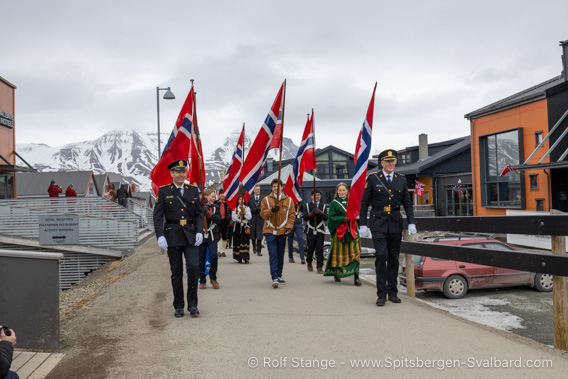
Norwegian flags in Longyearbyen (on the Norwegian national day on 17 May): Longyearbyen and all of Svalbard are and will remain Norwegian. But the government would prefer to have a higher proportion of Norwegians amongst Longyearbyen’s population. Sysselmester Lars Fause (front right) is the highest representative of the Norwegian government on site.
And what’s in it?
Quite a lot, the document has more than 80 pages. You can download it on the government’s website.
And the government has already implemented several major legal projects in the recent past, including a reform of the local electoral law that cost many foreign voters their local voting rights. The new rules for tourists that come into force on 01 January, 2025 are another important new set of legislation. Energy and housing are other important topics that have been worked on for years already on various levels, see below.
Some important points of the new Svalbardmelding:
Mental health
There are people with mental health problems all over the world and Svalbard is of course no exception. However, those who are confronted with acute mental health problems in Longyearbyen have very limited access to professional help. This may have cost two people their lives in the recent past: there have been two suicides in Longyearbyen in 2023.
It is mainly thanks to the commitment of Longyearbyen’s political youth that the government wants to improve this situation, but according to them, applaude is not due before a psychologist is actually installed in Longyearbyen, according to NRK.
Airfreight
This is not about same day delivery to the final consumer. But a supply of goods of all kinds, including fresh produce according to modern standards, should be available in Longyearbyen all year round. There had been some discussion and uncertainty surrounding the Norwegian Post’s freight flights to Longyearbyen. Now the government is providing money to maintain freight flight logistics, which of course involve more than just apples and bananas. However, it remains to be seen how this will be organised in the long term.

Empty shelves in Svalbardbutikken (Coop Svalbard) in Longyearbyen:
not unheard of, but undesired.
Low taxes
Svalbard is and shall continue to be a low-tax area. The background to this lies in the Svalbard Treaty; in short, Norway as a state should not benefit from taxes and duties. Therefore, there is no VAT on Svalbard and other taxes and duties are also often lower than on the mainland. This should generally stay as it is, but adjustments are possible.
Housing and population
Things are likely to get much more exciting for many here. The government wants to freeze the size of Longyearbyen at the level before the deadly avalanche on 19 December 2015, and Longyearbyen should not grow beyond that. And the government wants the Norwegian share of the population to increase.
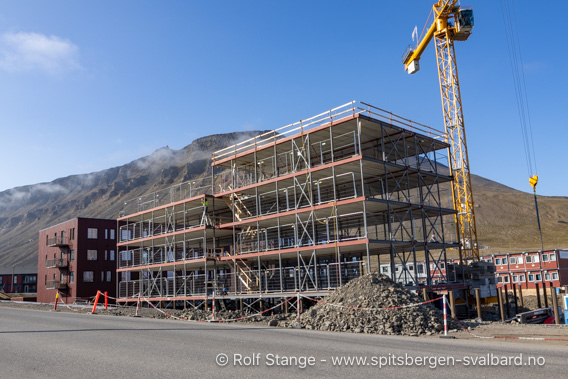
House building in Longyearbyen. The impression that the town is growing is wrong:
it is about replacing what has been lost since 2015.
According to the Norwegian Central Statistical Office (SSB), 2595 people currently live in Longyearbyen and Ny-Ålesund, including 1621 Norwegians, i.e. around 63%. The latter is not enough for the government. In fact, the proportion of Norwegians in the population has been falling for years, which is partly due to the closure of Norwegian coal mines in Sveagruva and Longyearbyen: In these well-paid and previously secure industrial jobs, a high proportion of the workforce was Norwegian. The strategy formulated in earlier Svalbard strategy papers of replacing mining with higher education, research and tourism has proved to be counterproductive from the government’s point of view, as the jobs in these areas are much more international than those in mining. The government wants to take countermeasures here (comment: the rules that come into force on 1 January 2025 should also be seen in this light; the political disappointment over the relatively low Norwegian share of the jobs created in tourism is likely to be at least as important as environmental protection, which is probably more of a pretext here). End of comment).
Housing policy, which has long been a hot topic in Longyearbyen, which is characterised by a housing shortage, has been a tool used by the government for a while now to increase the Norwegian share of the total population: Even though the overall supply of housing is not expected to exceed the 2015 level, the restructuring that inevitably occurred after the avalanches in 2015 and 2017 (over 100 flats were classified as at risk of avalanches and accordingly demolished) also provides an opportunity to reorganise ownership. The private housing market is being reduced and the proportion of state-owned housing is growing in favour of employees of large, directly or indirectly state/public actors, where the proportion of Norwegian workers is higher than in the service sector, for example. These actors include Lokalstyre (municipal administration), Sysselmester, UNIS, Folkehøgskole (education) and others.
In addition, living in Longyearbyen should remain attractive, especially for the Norwegian population. And there is little doubt that there is need for action here, as the average length of stay in Longyearbyen, which is already characterised by a high level of fluctuation, is falling.
Energy
And what good is the nicest flat if there is no power from the socket and the heating stays cold? It’s not that bad, but the scenario cannot be ruled out in the small town of Longyearbyen, whose energy supply is characterised by the fact that it is not part of a supra-regional grid. The subject of energy has long been a hot topic of discussion in Longyearbyen. On the one hand, it is about the sharp rise in prices for electricity and district heating, but also about security of supply and where energy should come from in the long term. The days of coal as an energy source in Longyearbyen are over and the current diesel power plant fails to fulfil all requirements in terms of security of supply, economic efficiency and climate neutrality. Today’s reality is a far cry from the earlier idea of being a role model on an international level; at the moment, people are happy if the heating is on during the cold months and the electricity is at least halfway affordable, even if the government has to help out with money (subsidised electricity prices) and the military with additional mobile generators.
Whatever the energy supply of the future looks like in Longyearbyen: The state, represented locally by the mining company Store Norske Spitsbergen Kulkompani, will play an increasingly important role.
Visitor fee
The government wants tourists to contribute a higher proportion of public income via a visitor contribution. This contribution would amount to up to 5%, which would be added to hotel stays, for example; ship passengers could be charged a flat rate of 150 kroner, for example. Such a system already exists on the Norwegian mainland, where the revenue goes entirely to the respective municipalities. In Svalbard, the state wants to reserve the right to a portion of the revenue.
Since 2007, Svalbard has had an ‘environmental fee’ (miljøgebyr) of 150 kroner, which is included in flight tickets and paid by ships bringing passengers to Svalbard. This environmental fee is administered by the Svalbard Miljøvernfond, to which anyone in Longyearbyen can apply for financial support for projects with an environmental aspect. The environmental fee is not part of the current discussion, the visitor contribution will come on top of it.
Until this happens, there is certainly need for further discussion, for example with regard to who benefits from the income and what it can be used for.
BOOKS, CALENDAR, POSTCARDS AND MORE
This and other publishing products of the Spitsbergen publishing house in the Spitsbergen-Shop.
last modification: 2024-11-23 ·
copyright: Rolf Stange
